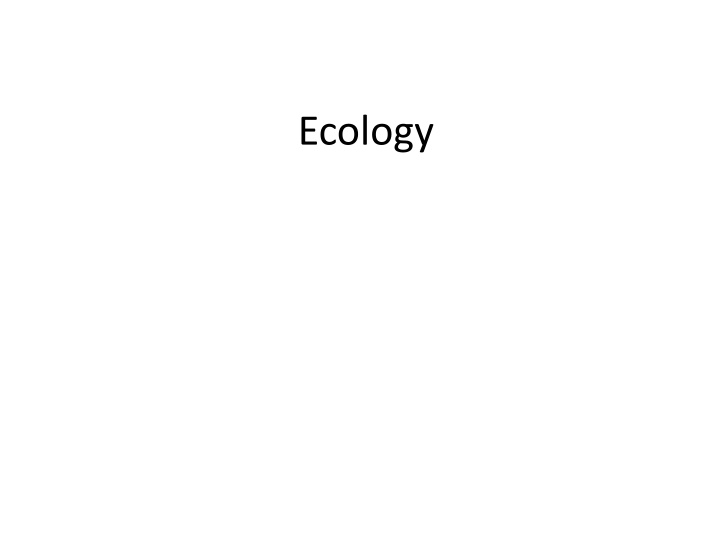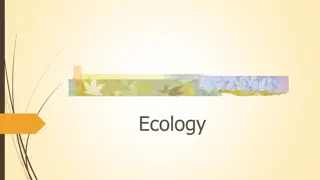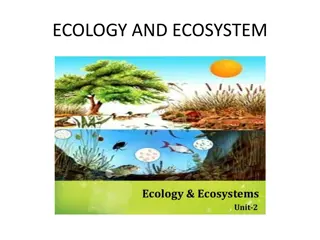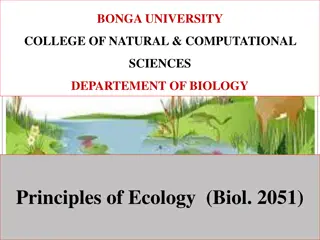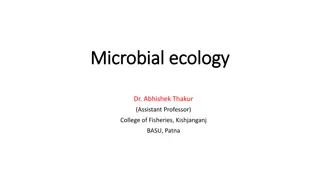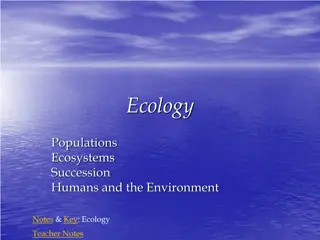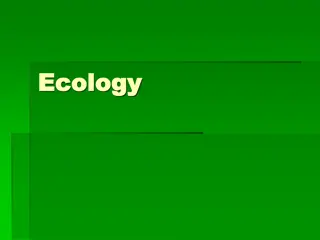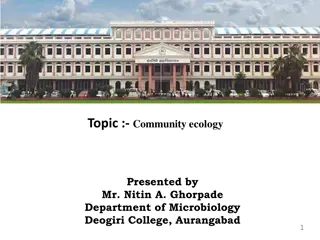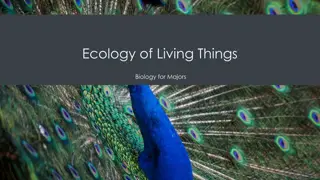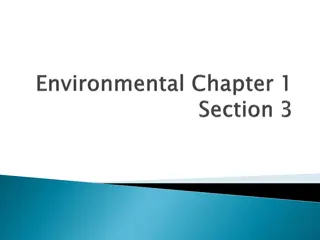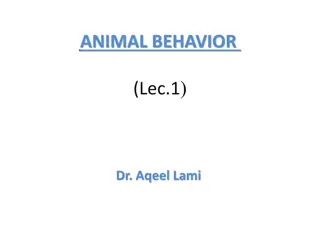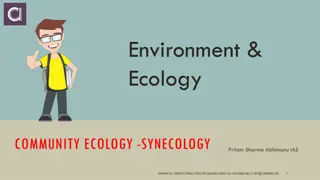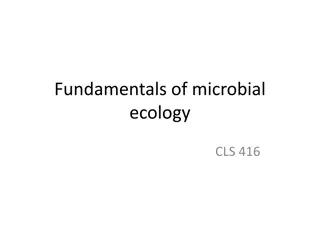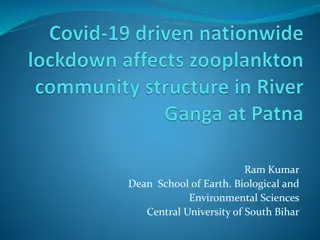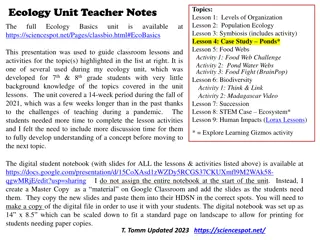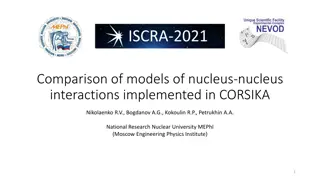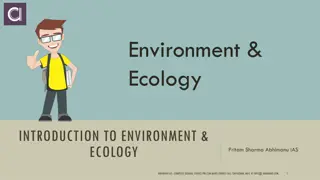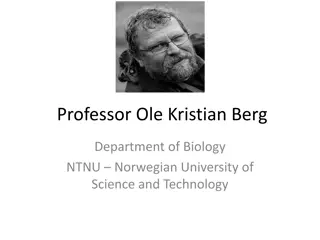Overview of Ecology: Study, Interactions, Relationships
Ecology, derived from "oikos" (home) and "logy" (science), focuses on organisms in their environments, covering interactions, distributions, and abundance. It explores biotic and abiotic interactions within ecosystems, studying the relationships between organisms and their surroundings. Ecology comprises various branches such as population ecology, habitat ecology, and evolutionary ecology, each delving into specific aspects of environmental systems and species dynamics.
Download Presentation

Please find below an Image/Link to download the presentation.
The content on the website is provided AS IS for your information and personal use only. It may not be sold, licensed, or shared on other websites without obtaining consent from the author.If you encounter any issues during the download, it is possible that the publisher has removed the file from their server.
You are allowed to download the files provided on this website for personal or commercial use, subject to the condition that they are used lawfully. All files are the property of their respective owners.
The content on the website is provided AS IS for your information and personal use only. It may not be sold, licensed, or shared on other websites without obtaining consent from the author.
E N D
Presentation Transcript
Ecology = Oikos (home) + logy (science) Ecology - study of organisms at home Ecology - deals with interactions, relationships, distributions & abundance Biotic and abiotic interactions in an ecosystem The study of the relationships of organisms to their environment and one another (Brewer, 1988) Ecology is the study of environmental systems, or the economy of nature Definition- Odum (1969) Ecology is the study of inter-relationship between organisms and environment.
CONCEPT OF ECOLOGY Ecology - environmental biology - deals with organisms in relation to their environment The organism includes animals, plants, bacteria, fungi, virus etc. The environment includes the surroundings of plants and animals. Example: Soil, water, air, sunlight, rock etc
SUB DIVISIONS OF ECOLOGY Ecology broadly divided into subdivisions (Kirchrer and Schroter, 1902) Autecology Synecology 1. Autocology Autoecology - study of individual organisms in relation to environment Includes the study of life history, behavior, home range, population dynamics etc. 2. Synecology Study of groups of organisms, which are associated together as a unit in relation to environment. It deals with the study of pond ecosystem, rocky shore, sandy shore, coral reefs ecosystems etc.
BRANCHES OF ECOLOGY Ecology is divided into many branches Animal ecology It is the study of animals in relation to their environment Plant ecology It is the study of plants in relation to their environment Habitat ecology - It deals with the study of habitats Marine ecology - It deals with marine habitat Fresh water ecology- It deals with fresh water habitat Physiological ecology- It is the response of single species to environmental conditions such as temperature, light etc
Population ecology-it is the abundance and distribution of individual species and the factors that cause such distribution Community ecology- It is the number of species found at given area and their interactions Ecosystem ecology- It is the structure and function of the entire organisms of microbes plants, and animals, and their abiotic environment. Evolutionary ecology- it deals with the physiological or population level to understand how natural selection.
SCOPE OF ECOLOGY Study of ecology helps To maintain of natural recourses To discover new sources of food To control environmental pollution To identify genetic materials threatened, rare species To detect and measure the rate of evolution To determine human welfare For survival of human race from threats- population explosion, pollution etc
